When it comes to carving, freeride skis, traditional skis, and Snowfeet skiblades each bring something different to the table. Here’s the quick answer:
- Freeride skis excel in mixed terrain and powder but require more effort for precise carving.
- Traditional skis are best for smooth, high-speed carving on groomed runs but can feel clunky in tight spaces.
- Snowfeet skiblades are compact, easy to use, and great for quick turns, making them perfect for beginners or skiers who want agility.
If you’re looking for versatility and portability, Snowfeet skiblades stand out. They’re beginner-friendly, work with regular winter boots, and cost less than most ski setups. Freeride skis are ideal for deep snow, while traditional skis dominate on wide, open slopes. Below, we’ll break down their carving performance, terrain use, and costs to help you pick the right fit.
2025 Men's 110 mm Freeride Ski Comparison with SkiEssentials.com
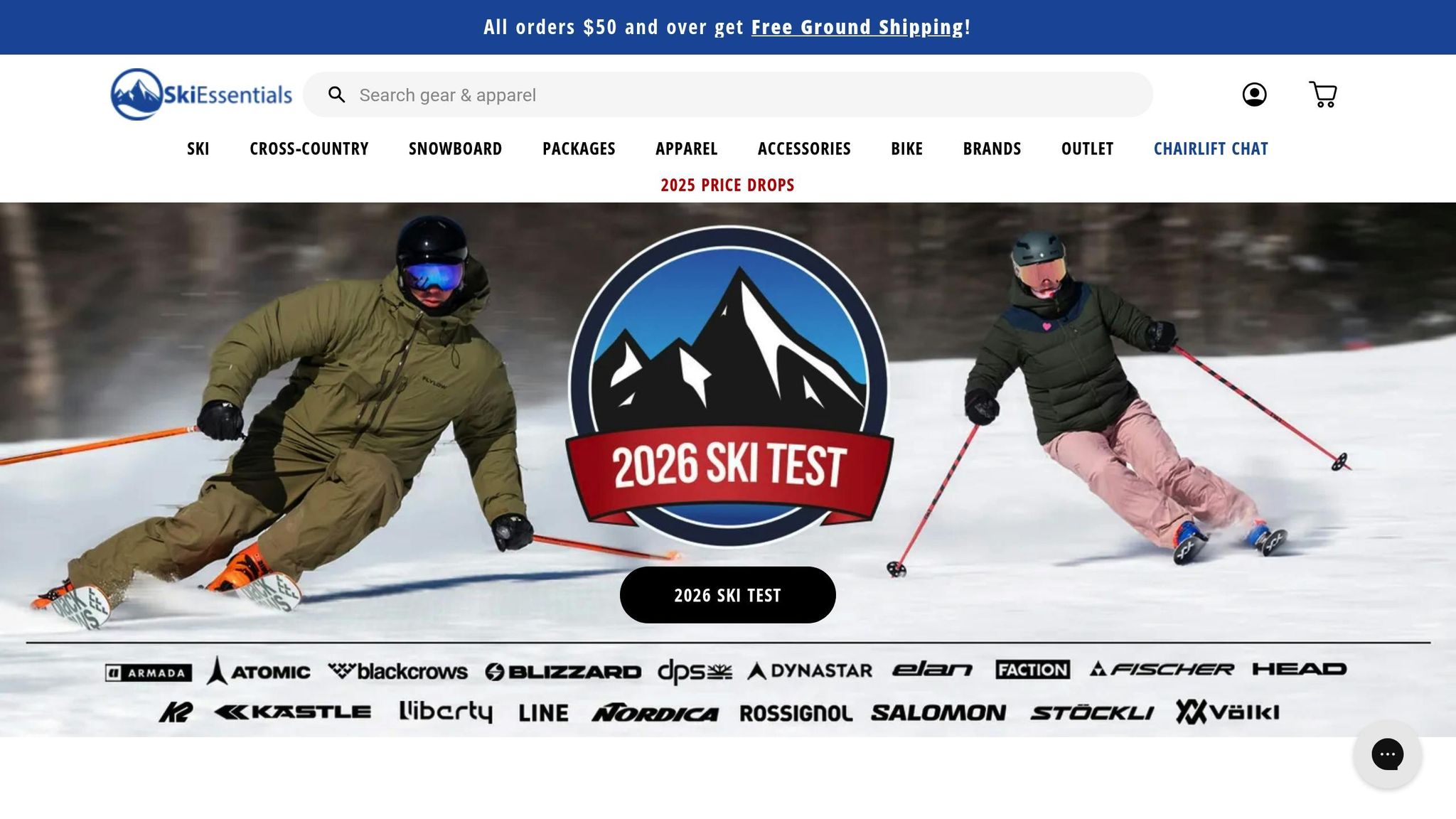
1. Freeride Skis
Freeride skis are all about versatility, striking a balance between all-mountain performance and specific trade-offs in carving precision. Their broader waist and longer length make them great for varied terrain, but they can feel less precise when it comes to sharp, quick turns. Let’s break down how these skis perform when it comes to carving, terrain adaptability, portability, and cost.
Carving Performance
When it comes to carving, the design of freeride skis plays a big role in how they handle. The wider profile means more surface area in contact with the snow, but it can make it harder to get that precise edge grip. These skis shine in big, sweeping turns rather than quick, tight carves. On groomed runs, you’ll need to put in a bit more effort and plan your transitions carefully.
Where freeride skis really stand out is in mixed snow conditions. Their stability helps you stay confident when the snow gets tricky - like when you hit uneven patches or wind-packed areas. They’re built to smoothly transition from groomed slopes to off-piste terrain without missing a beat.
Terrain Versatility
Freeride skis are built to handle just about anything you throw at them. Whether you’re carving on well-prepared slopes, navigating moguls, or floating through powder, these skis are ready. Many models feature a rockered tip, which helps them stay on top of deeper snow, while the camber underfoot ensures solid edge grip on firmer surfaces. Brands like Salomon, Volkl, and Rossignol have nailed this balance in their designs, making them reliable choices for skiers who love to explore different conditions.
Portability
Here’s where freeride skis can feel like a bit of a hassle. Their longer length and sturdy construction make them less convenient to carry around. Whether you’re trying to fit them into a smaller car or lug them through a crowded ski lodge, they’re not the easiest to handle. Their size and weight can make travel a little more challenging.
Price
Freeride skis tend to come with a hefty price tag. Between the skis themselves, bindings, mounting, and ongoing maintenance, the costs can add up quickly. If you’re someone who sticks mostly to groomed runs, you might find it hard to justify the expense, especially since their all-mountain capabilities may not be fully utilized in that setting.
2. Snowfeet* Skiblades
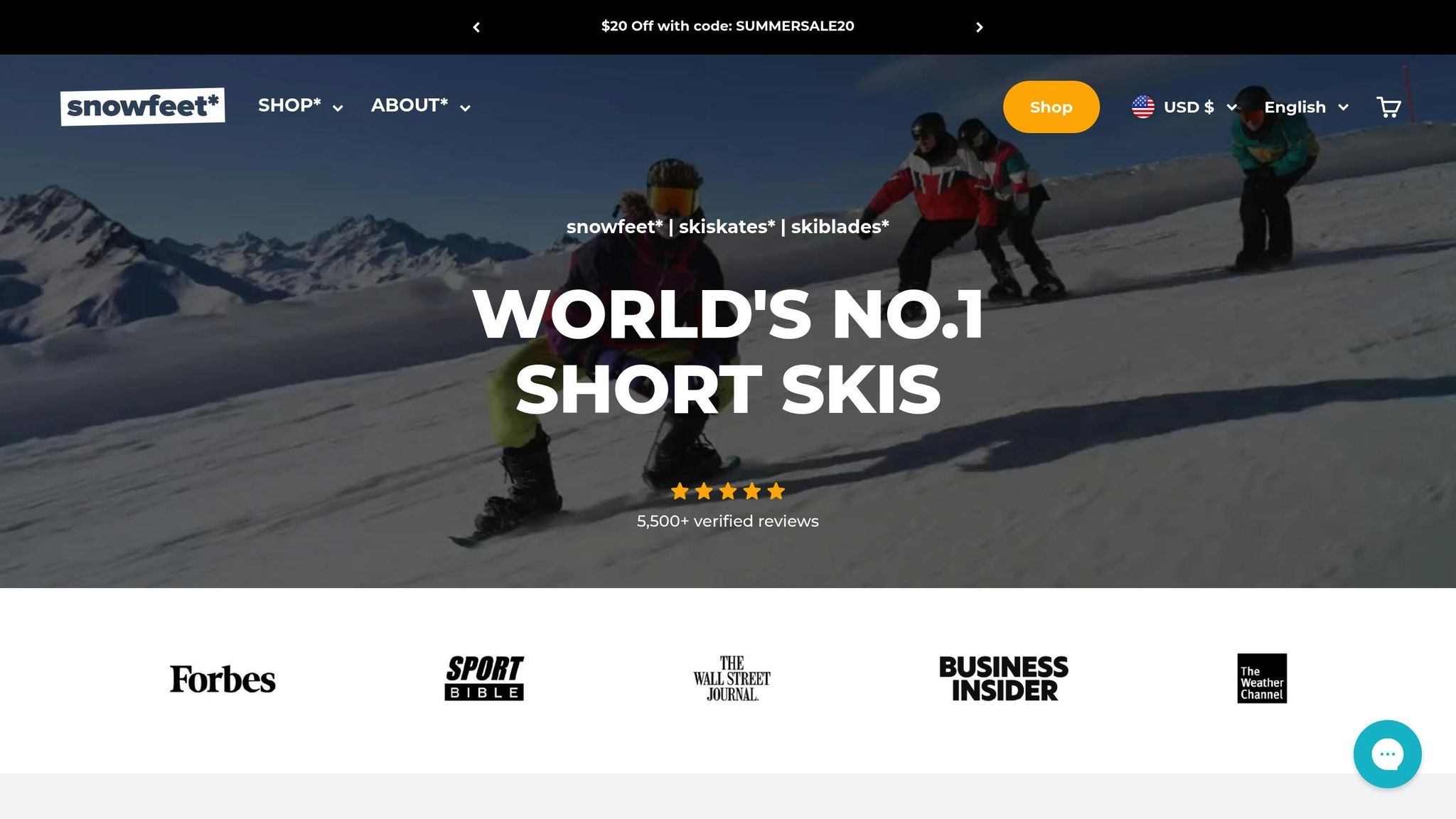
If you’re looking for something that breaks away from the norm of traditional freeride skis, Snowfeet* Skiblades might just be the game-changer you need. These compact skis are all about precision and quick response, offering an exciting alternative to the idea that longer skis are always better. Coming in three lengths - 65 cm, 99 cm, and 120 cm - they’re perfect for skiers who want agility, easy learning, and sharp, responsive turns.
Carving Performance
Snowfeet* Skiblades are built for skiers who love quick, edge-to-edge transitions. Their shorter length makes it easier to initiate turns, which is especially handy for those new to carving. The 65 cm model, priced at $450, is all about nimble handling, while the 99 cm version offers a sweet spot between agility and stability for $490. These skis give you the edge control you need to confidently take on a variety of terrains.
Terrain Versatility
Whether you’re cruising down groomed trails, hitting snowparks, or weaving through moguls, Snowfeet* Skiblades shine in areas where quick directional changes are crucial. They’re also perfect for tight spaces like tree runs or crowded slopes, where maneuverability is key. The 99 cm POWDER model is designed to handle deeper snow while still keeping things smooth and responsive.
These skiblades cater to all skill levels. Beginners will find them easier to learn on, while seasoned skiers can use them to explore creative challenges. They’re an all-mountain tool that fits a variety of skiing styles.
Portability
One of the best parts about Snowfeet* Skiblades? They’re incredibly portable. Their compact size means they can fit into small cars, hotel rooms, or even a backpack, cutting down on the hassle of bulky gear. Lightweight and easy to carry, they let you focus on enjoying the slopes instead of wrestling with your equipment. Perfect for quick trips or weekend getaways.
Price
Snowfeet* Skiblades bring great performance without breaking the bank. Starting at $450, they’re a budget-friendly alternative to traditional freeride setups that can cost anywhere from $1,200 to $1,500. The 65 cm model is $450, the 99 cm version is $490, and the premium 120 cm option is $690. Many models are compatible with your existing winter or snowboard boots, saving you even more. Plus, their simple design means lower maintenance costs, making them a smart choice for skiers who want quality without overspending.
sbb-itb-17ade95
3. Traditional Skis
Traditional skis have been the go-to choice for skiers for decades, offering a tried-and-true way to carve down the mountain. But as much as they shine in certain areas, they come with some clear drawbacks - especially when compared to more compact options like Snowfeet* skiblades. These skis, usually ranging from 150 cm to over 200 cm in length, demand skill and compromise a bit on mobility, particularly in tighter terrain.
Carving Performance
Traditional skis are fantastic for high-speed carving on groomed runs. Their longer edges provide excellent stability and grip, making them ideal for smooth, wide slopes. But here’s the catch: that same length becomes a challenge when you need to make quick, sharp turns. Navigating tight spaces or sudden directional changes requires serious technique, which can be tough for beginners or even seasoned skiers looking for agility. So while they shine on open trails, they can feel clunky in more confined areas.
Terrain Versatility
When it comes to terrain, traditional skis are at their best on well-groomed runs or wide-open bowls. But if you venture into tree-lined trails, moguls, or crowded slopes, their length can quickly become a liability. Tight turns and quick recoveries are harder to pull off, making them less adaptable in these scenarios. In short, they’re great for open spaces but less practical when things get narrow or unpredictable.
Portability
Let’s face it - traditional skis aren’t exactly easy to lug around. Their size and weight can make transportation a hassle, leading to fatigue before you even hit the slopes. On the other hand, compact options like Snowfeet skiblades are praised for being "lightweight, portable, and easy to attach to your winter boots." You can even toss them in a standard backpack and be on your way. Traditional skis, by comparison, feel bulky and inconvenient.
Price and Maintenance
Owning traditional skis isn’t just a financial commitment upfront - they also demand regular upkeep. From edge tuning to waxing and occasional base repairs, maintenance can quickly add up, both in time and cost. For those looking for a simpler, more budget-friendly option, this can be a dealbreaker.
Advantages and Disadvantages
Let’s break down the pros and cons of freeride skis, traditional skis, and Snowfeet* skiblades to help you find the best fit for your skiing style and budget. Each option shines in its own way, but they also come with some trade-offs worth considering.
Freeride Skis
Freeride skis are a dream for powder lovers and off-piste adventurers. Their wider and longer design floats effortlessly in deep snow but can make quick turns and edge-to-edge transitions tricky. On the downside, they’re bulky to transport and can cost a pretty penny - high-end models often start at $600, not including bindings or boots.
Traditional Skis
Traditional skis are the go-to for speed and precision on groomed slopes. They’re built for stability and smooth carving at high speeds. However, their longer length (usually 150–200 cm) can be a hassle in tight spaces or on crowded runs. They also require more skill to handle and regular maintenance, which might not appeal to casual skiers.
Snowfeet* Skiblades
Snowfeet* skiblades are all about convenience and versatility. These compact skis - ranging from the 38 cm Mini Ski Skates ($150) to the 120 cm Short Skis ($690) - offer unmatched maneuverability and quick responsiveness. Whether you’re weaving through trees or carving on groomed trails, their shorter length makes turning a breeze. Plus, they’re light enough to fit in a backpack, making them perfect for travel or storage in tight spaces.
Here’s a quick comparison to sum it all up:
| Feature | Freeride Skis | Traditional Skis | Snowfeet* Skiblades |
|---|---|---|---|
| Carving Performance | Struggles on groomed runs | Excellent at high speeds | Agile and responsive |
| Terrain Adaptability | Best in deep powder | Ideal for groomed slopes | Handles all conditions |
| Portability | Bulky and heavy | Hard to transport | Compact and easy to carry |
| Learning Curve | Steep, for experts | Moderate to steep | Quick and beginner-friendly |
| Price Range | $600+ | $400–$1,000 | $150–$690 |
| Maintenance | High upkeep | High upkeep | Minimal upkeep |
| Boot Compatibility | Ski boots required | Ski boots required | Works with winter boots |
Why Snowfeet* Skiblades Stand Out
Portability: Forget roof racks or oversized ski bags - Snowfeet* skiblades are so compact they can fit in your backpack. This makes them a winner for travelers, apartment dwellers, or anyone who values convenience.
Cost: With entry-level Mini Ski Skates priced at $150, Snowfeet* offers an affordable way to get into winter sports. Even their premium 120 cm Short Skis at $690 are often cheaper than a full traditional ski setup, especially when you factor in bindings, boots, and maintenance costs.
Ease of Use: Beginners can pick up Snowfeet* skiblades and start carving within hours. Their forgiving design makes them an excellent choice for first-timers or those looking for a stress-free introduction to skiing.
Versatility: These skiblades thrive on all kinds of terrain - groomed runs, snow parks, tree-lined trails, or even your backyard. Compare that to traditional skis, which are best on wide, prepared slopes, or freeride skis, which shine only in deep powder.
Low Maintenance: Traditional skis often need professional tuning sessions that can run $50–$100 a pop. Snowfeet* skiblades? Just grab a $6 waxing kit, and you’re good to go. Less work, more play.
Snowfeet* skiblades bring skiing to a whole new level of accessibility and fun, making them a solid choice for anyone wanting a hassle-free winter sports experience. Whether you’re a seasoned skier or just starting out, they offer a refreshing alternative to traditional setups.
Conclusion
After diving into the details, one thing is crystal clear: Snowfeet* skiblades pack everything skiers are looking for into one sleek, versatile package. Sure, freeride skis dominate in deep powder, and traditional skis excel on groomed trails, but neither checks all the boxes for today’s all-mountain needs like these skiblades do.
For skiers in the U.S. who crave adaptability, Snowfeet* skiblades are a game-changer. With options ranging from the ultra-compact 38 cm Mini Ski Skates to the 120 cm Short Skis, they’re built for easy maneuvering across any terrain. Whether you’re weaving through trees, navigating packed resort slopes, or tackling unpredictable backcountry snow, these skiblades handle it all with ease. Their ability to carve tight turns and adapt to varying conditions makes them a standout choice over traditional or freeride setups.
And let’s talk about convenience. Snowfeet* skiblades are not only lightweight and portable but also work with your regular winter boots - no need for expensive, specialized gear. Starting at just $150 for Mini Ski Skates, they’re a budget-friendly alternative to traditional ski setups. Plus, with minimal upkeep required, you’ll save both time and money in the long run.
What really sets Snowfeet* apart is how simple they make skiing. The learning curve is short, so you’ll spend less time figuring out technique and more time enjoying the slopes. Whether you’re a casual skier looking for hassle-free fun or an experienced rider searching for a fresh twist on the sport, these skiblades deliver an exciting, efficient, and accessible experience.
Freedom, versatility, and ease - Snowfeet* skiblades bring all of that to the table, redefining what it means to enjoy the mountain.
FAQs
Are freeride skis good for carving on groomed slopes compared to traditional skis?
Freeride skis are built to handle a variety of conditions and shine in off-piste terrain. However, they don't perform as well as traditional carving skis when it comes to sharp, precise turns on groomed runs. Carving skis, with their narrower waists and pronounced camber, are all about control and precision, especially at higher speeds.
If you're looking for something more dynamic and easier to handle, Snowfeet skiblades are worth a look. These compact, lightweight skiblades are perfect for carving tight turns and zipping around on groomed slopes. They're also super portable and easy to use, making them a fun choice for skiers of any skill level who want a playful and hassle-free experience on the mountain.
Why are Snowfeet skiblades a better choice for beginners compared to traditional skis?
Snowfeet skiblades are a great option for beginners because they’re lightweight, compact, and super easy to handle. Unlike traditional skis, their shorter length makes turning and maneuvering a breeze. This means new skiers can gain confidence faster without feeling overwhelmed. Plus, the simple design means there’s less to figure out, so you can focus on having fun on the slopes instead of wrestling with your gear.
Another perk? They’re incredibly portable. Snowfeet skiblades are light and easy to carry, which is perfect if you’re looking to keep things simple both on and off the mountain. Whether you’re learning the basics or just cruising around, they offer a safe, beginner-friendly, and fun way to dive into snow sports.
Can Snowfeet skiblades handle different snow conditions, like powder and icy slopes?
Snowfeet skiblades are designed to handle all kinds of snow, whether you're carving on groomed trails, gliding through powder, or navigating icy patches. Thanks to their compact and lightweight build, they’re super easy to control and bring a playful, dynamic vibe to your time on the slopes. For those powder days, the 99 cm skiblades are a solid pick - they give you great float, making even deeper snow feel smooth and manageable.
Now, while longer skis might have an edge when it comes to stability on icy terrain, Snowfeet skiblades shine in agility. Their quick-turn capability makes them a standout choice for riders who crave control and versatility, no matter where they’re exploring on the mountain.





















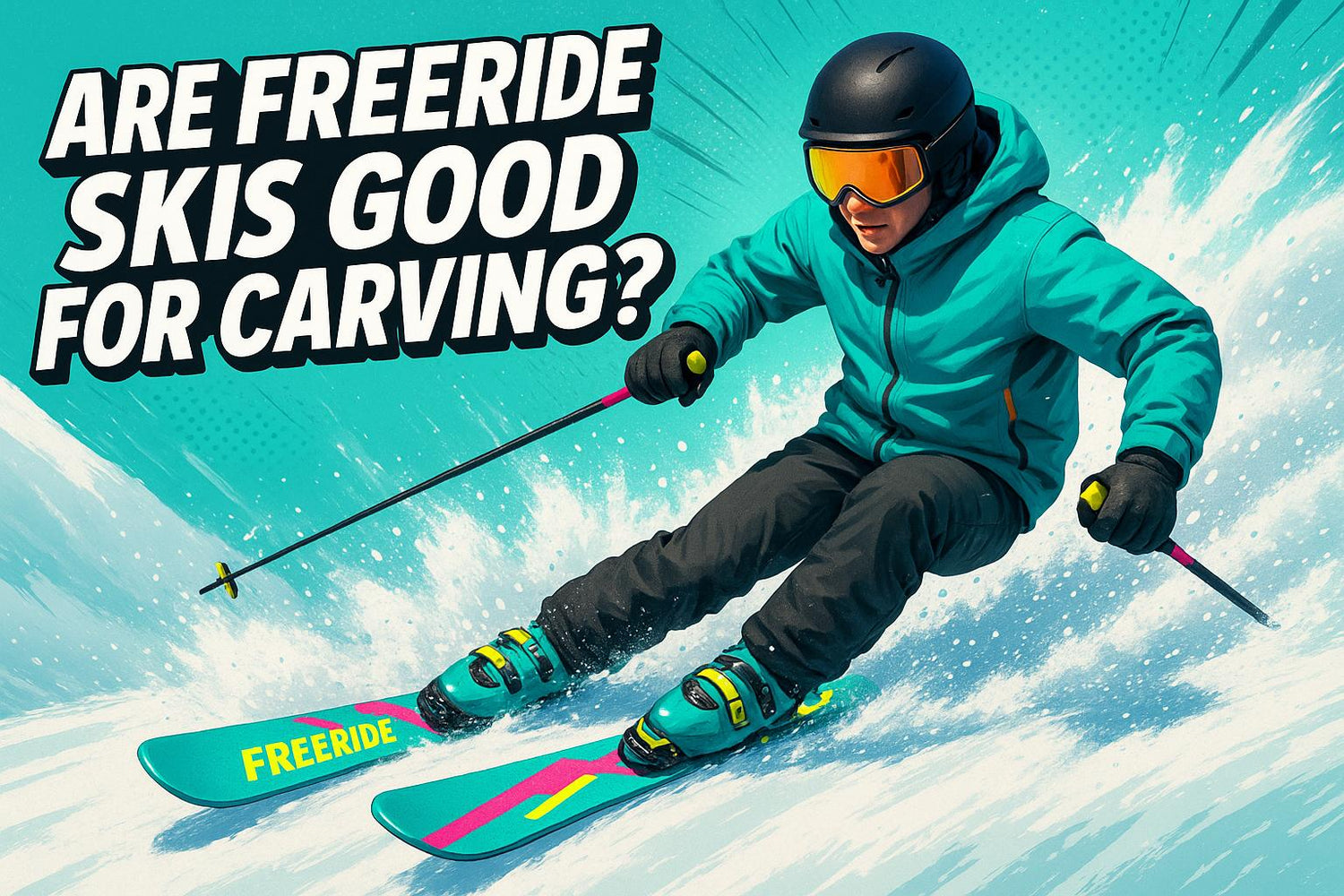
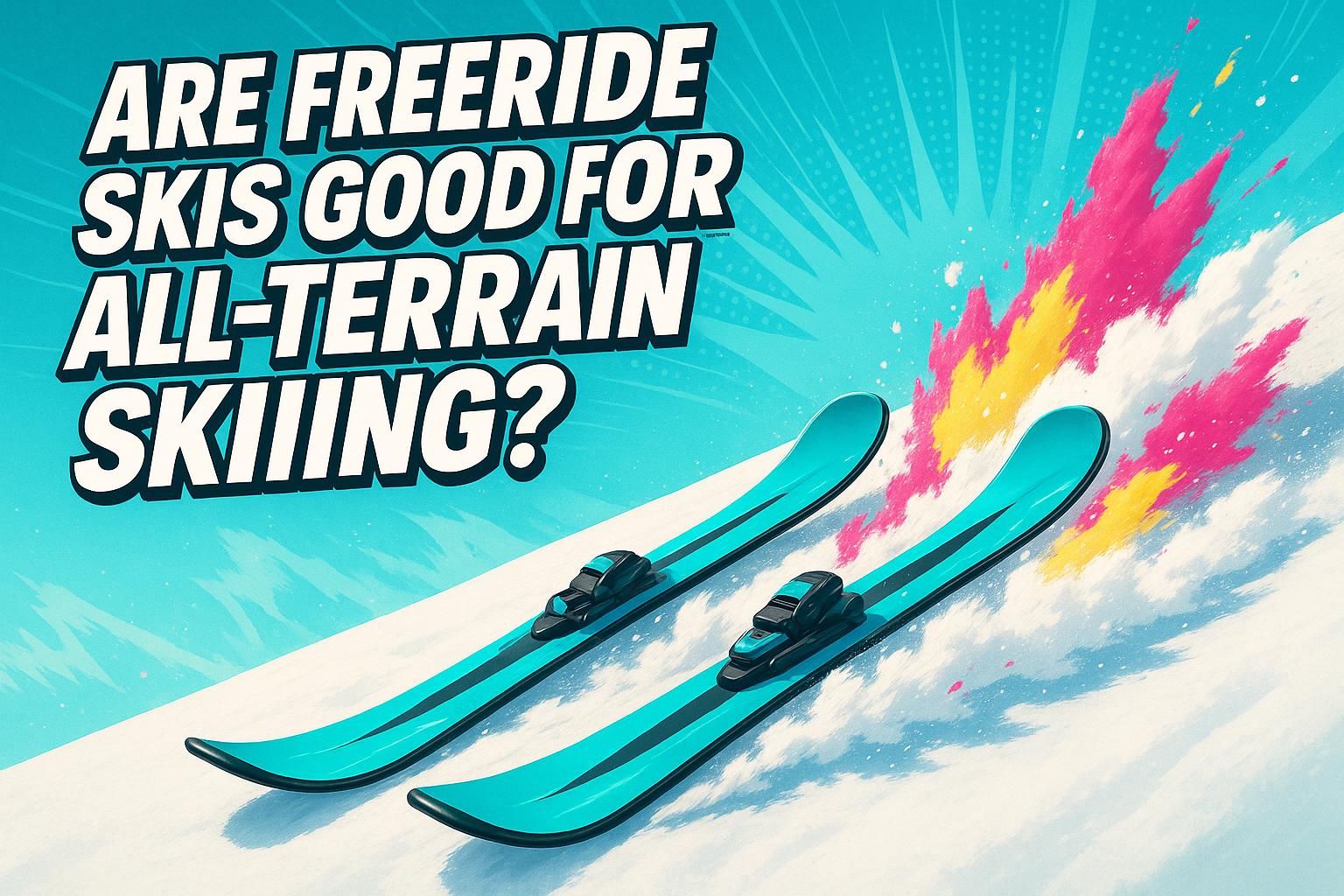
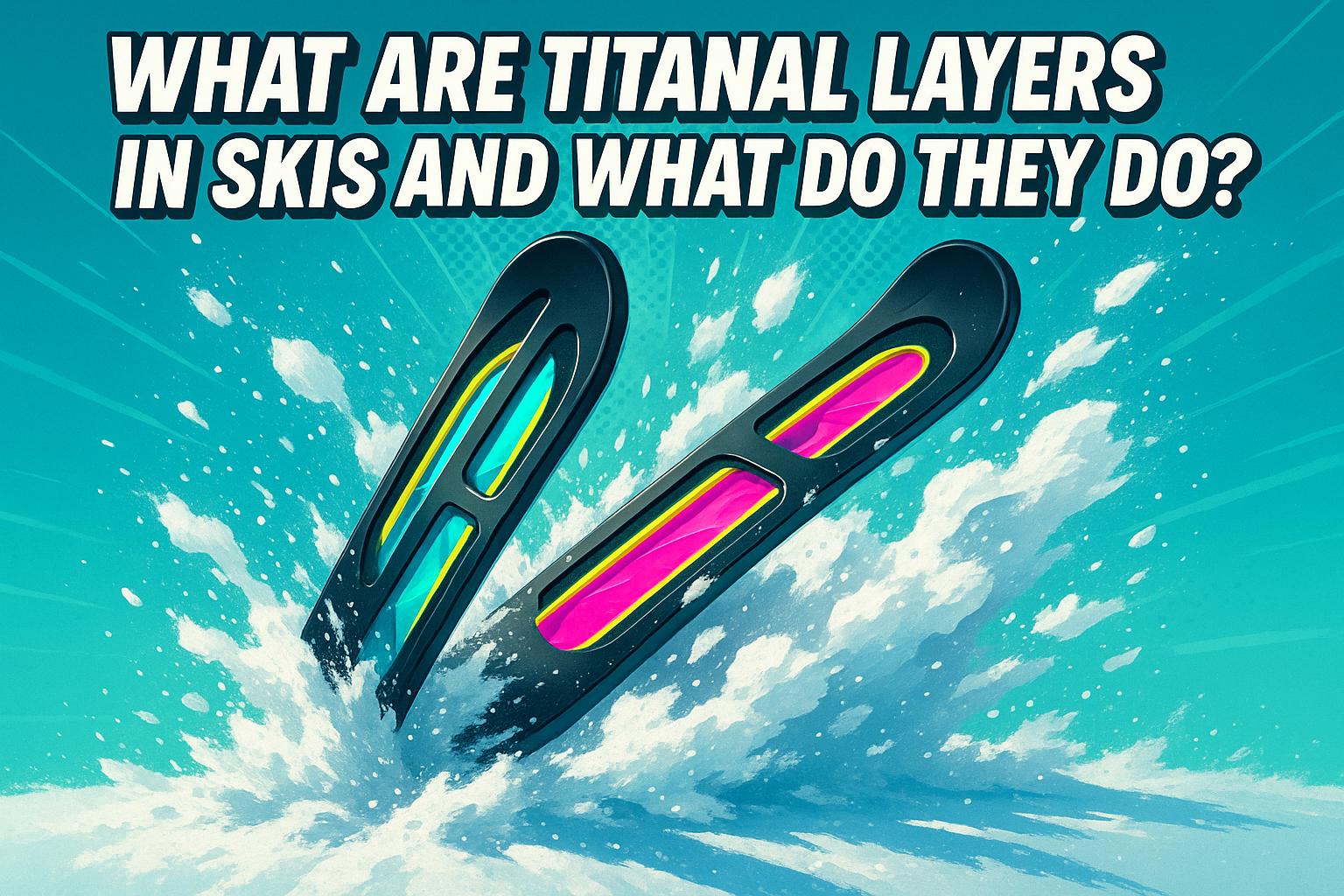










Leave a comment
This site is protected by hCaptcha and the hCaptcha Privacy Policy and Terms of Service apply.